#ancient roman
Text

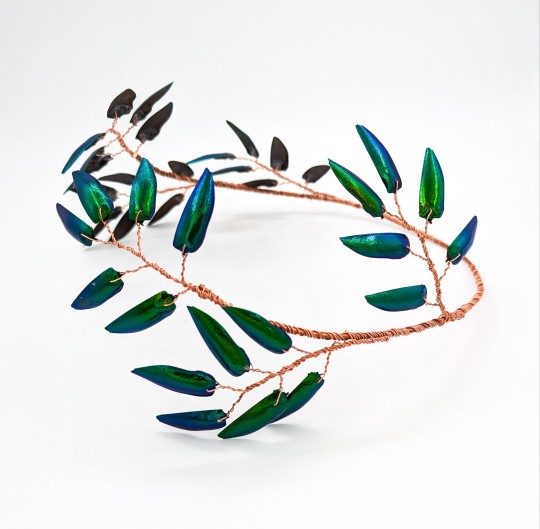


I've just finished making these ancient Roman inspired "laurel wreath" crowns out of jewel beetle shells and preserved 17 year cicada wings. I've done three of the jewel beetle ones, so one is in my Etsy (link in bio), the cicada wing one is one of a kind so far so I haven't listed it yet. I'm really happy with how these came out!
#insect jewelry#vulture culture#oddities#beetle#ancient rome#ancient roman#laurel crown#laurel wreath#caesar crown#goblincore#insect art#insect wings#cicada#jewel beetle#copper wire#17 year cicada#brood x
11K notes
·
View notes
Text
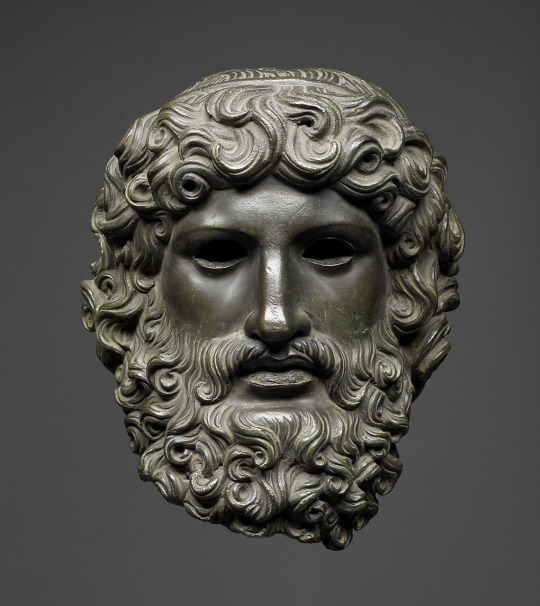

~ Head of Jupiter.
Culture: Roman
Period: Early Imperial Period
Date: A.D. 1st century
Medium: Bronze, hollow casting
#ancient#ancient art#history#museum#archeology#ancient sculpture#ancient history#archaeology#roman#ancient roman#jupiter#head of jupiter#imperial Period#1st century
3K notes
·
View notes
Text

Head of Dionysus, the god of wine, uncovered in an archaeological dig in the ancient city of Aizanoi, Turkey
#dionysus#head#bust#sculpture#mythological#mythology#god#wine#archaeology#art#history#ancient#ancient greek#ancient greece#greek mythology#greek#greece#ancient roman#roman
20K notes
·
View notes
Text
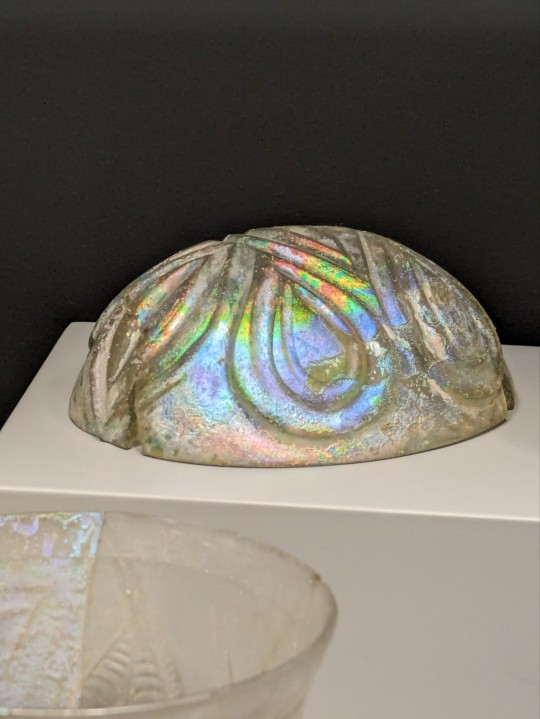

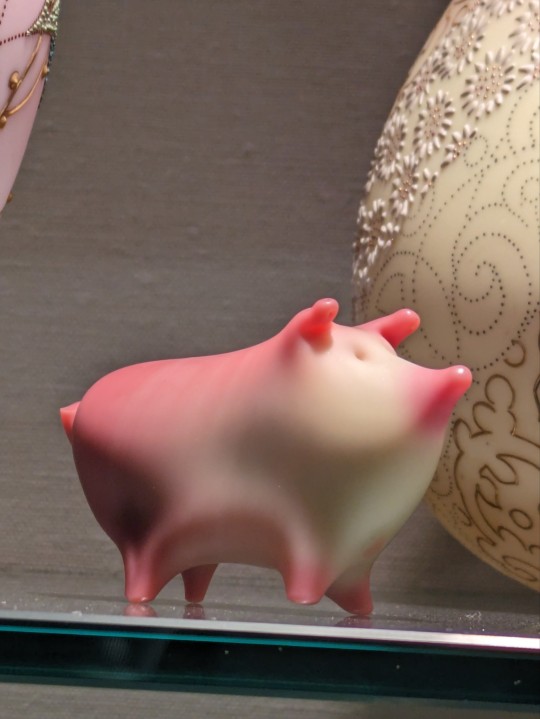
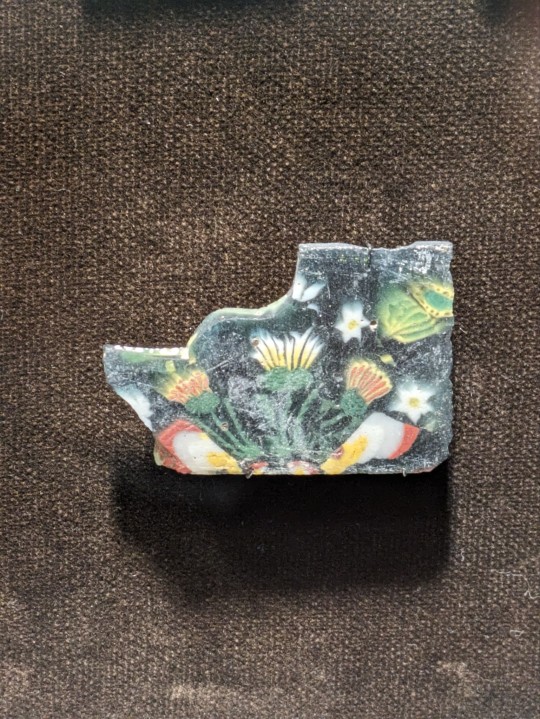

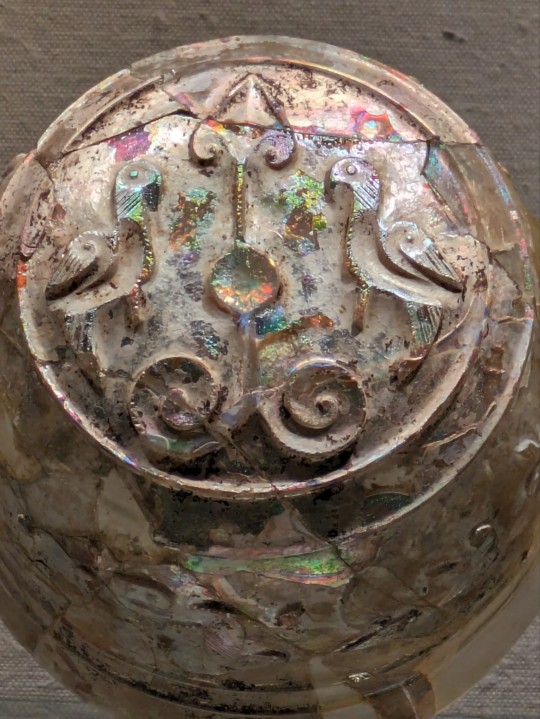
Favorite historical glass from the glass museum today 🍧🔮
#glass#glass art#artifacts#historical#history#museum#pig#mosaic#art#roman#ancient roman#german#me#mine#pictures#images#painted glass#iridescent#Byzantine
246 notes
·
View notes
Text
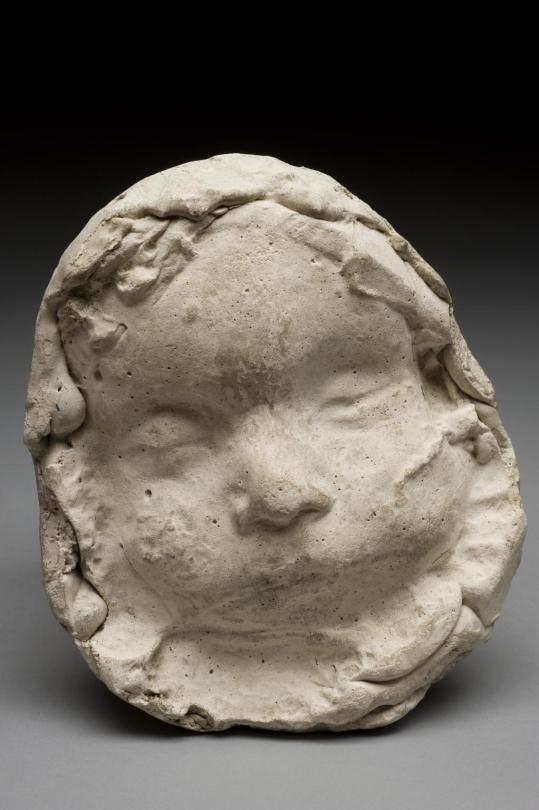
Plaster cast of a child's face, from a mould accidently made when cement seal of sarcophagus leaked inside and covered childs face, found in France in 1878, Roman, 1st century AD, cast 1878-1920
The handwritten French label on the reverse of this tiny plaster cast explains its history. In 1878, a stone Roman burial sarcophagus was found in the gardens of a Paris convent. When a tiny Roman child died 1800 years before, cement sealing the sarcophagus leaked inside and formed a mould of the child’s face. This plaster cast was created using that mould sometime between its discovery and 1920. The translation states the child was buried with a perfectly preserved small glass bottle. However, there is no indication of the cause of death.
The label indicates the child came from Arènes de Lutèce, a prosperous and important Gallo-Roman town within modern day Paris. The Roman remains of Arènes de Lutèce were rediscovered in the 1860s during excavations for the building of a new tram stop.
Source
164 notes
·
View notes
Text

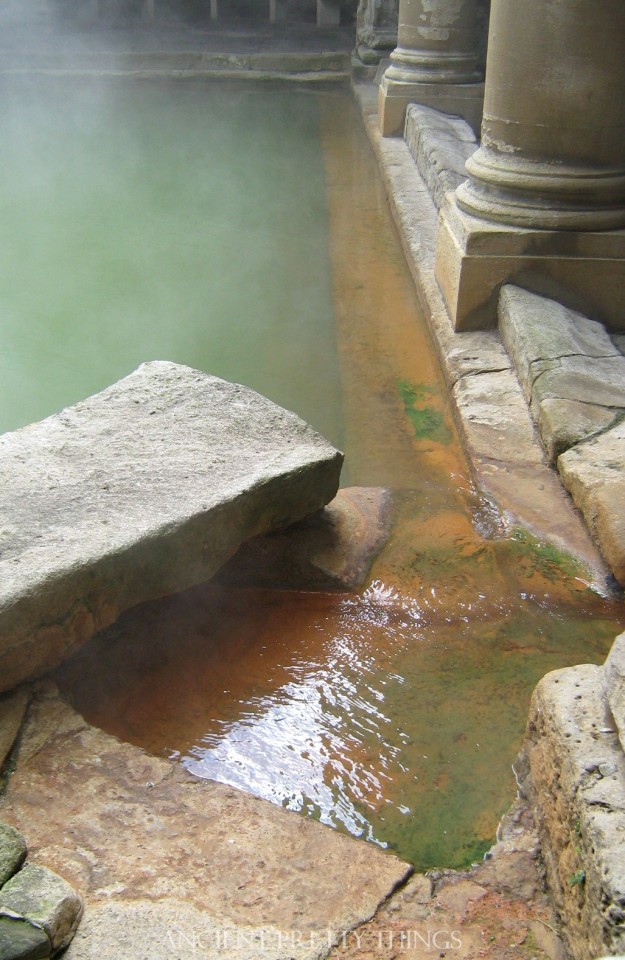
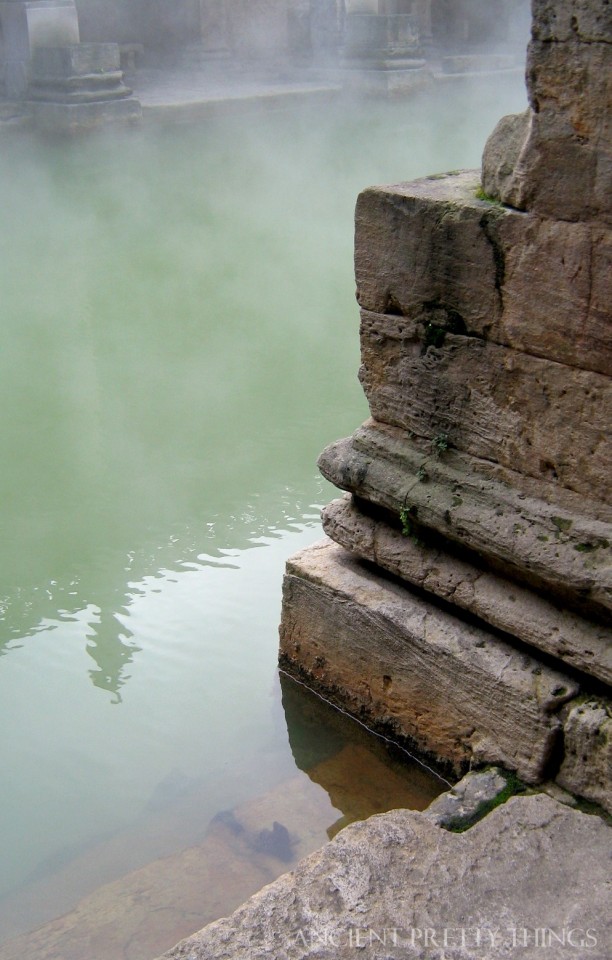

The Roman Baths, Bath.
England.
#bath#roman baths#romans baths bath#england#ancient rome#ancient roman#therme#mineral springs#original photography#ancientprettythings
2K notes
·
View notes
Text
THE BRUTE HAS MARKED YOU FOR DEATH, AND THE LEGION OBEYS. READY YOURSELF FOR BATTLE.🔪🔪🔪🔪🔪🔪🔪🔪🔪🔪🔪🔪🔪🔪🔪🔪🔪🔪🔪🔪🔪🔪🔪

#fallout#fallout new vegas#fnv#caesar's legion#edward sallow#julius caesar#brute#brutus#ides of march#the ides of march#rome#ancient rome#et tu brute#roman empire#ancient roman
132 notes
·
View notes
Text

Sea encrusted amphora necklace
#moon and serpent#amphora#amphorae#sea witch#ancient greek#ancient roman#archaeology#artefact#artifact#mermaidcore
565 notes
·
View notes
Photo
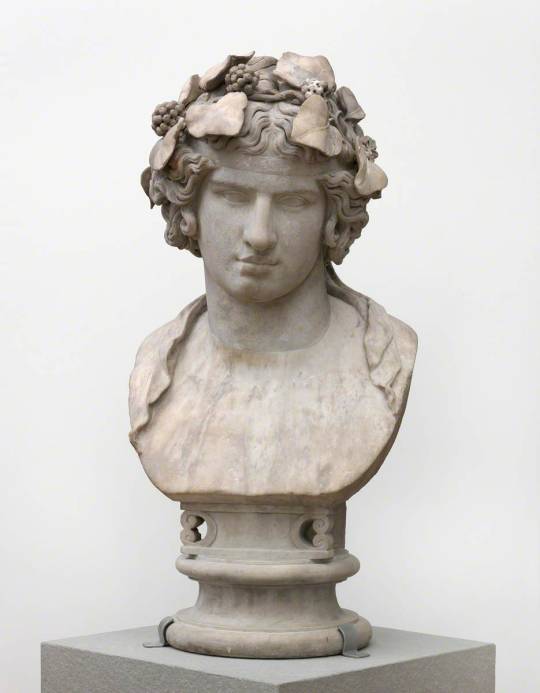
Head of Antinous, Roman, 2nd Century CE
309 notes
·
View notes
Text




Villa di Diomede, Pompeii
March 12, 2024
#villa#house#pompeii#Italy#Italia#architecture#travel#ancient architecture#ancient rome#interior design#historical architecture#original photography#iphonography#photographers on tumblr#photography#urbanexploration#lensblr#ancient Roman#wanderingjana
54 notes
·
View notes
Text


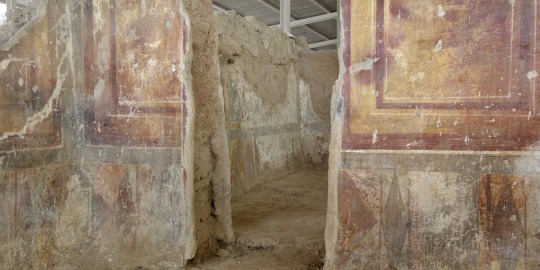


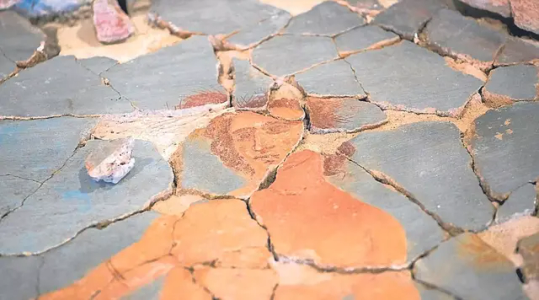
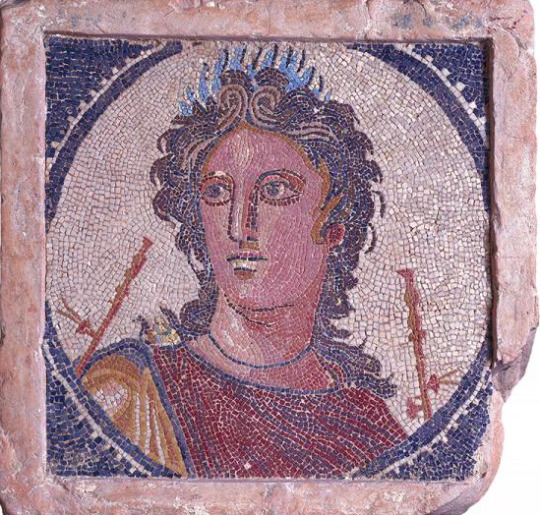



Vil·la romana dels Munts (Els Munts Roman Villa) is one of the best preserved Roman villas in the Iberian peninsula, the Roman province of Hispania. It's located in modern-day Altafulla (Camp de Tarragona, Catalonia), in the countryside near the important Roman city of Tarraco (modern-day Tarragona). The villa's archaeological remains are included in the UNESCO World Heritage Site "Archaeological Ensemble of Tarraco".
The oldest part of the villa dates from the 1st century AD, when it was a small farming villa, but it was soon abandoned. In the early 2nd century AD, the old villa was demolished and the place was rebuilt as a large, aristocratic villa: it still kept having a significant agricultural role, but included a magnificent and luxurious residence area. To get an idea of how luxurious it was, a normal 2nd-century Roman villa might have one marble covering, while Els Munts has hundreds of coverings made of marble imported from the Eastern Mediterranean and the North of Africa. The residence also had wall paintings, mosaic floors, statues, fountains, and artificial ponds. The villa also included a bath house and a the largest temple of the Mithraic religion known in the Western Roman Empire.
When the Roman emperor Hadrian stayed in Tarraco the winter of 122-123 AD, it's thought that this villa could have been the place where he was staying. A statue of Antinous (Hadrian's lover) was found in Els Munts.

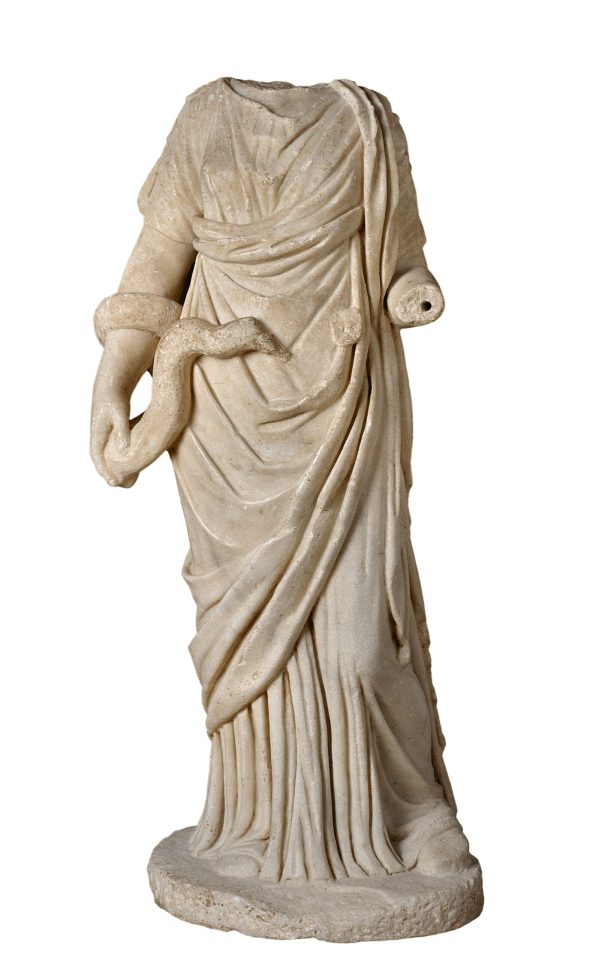

Statue of Antinous, Higea, and Asclepios found in Els Munts. Nowadays in Museu Nacional Arqueològic de Tarragona.
The villa was partially destroyed by a fire in the late 3rd century, starting its decline. In the early 5th century, it was remodelled into a Late Roman villa and then a Visigothic one, and was in use until the 7th century.
Photos by Quim Roser/Dep. Cultura, ArqueoXarxa, Manel Antolí/Tarragona Turisme, Tjerk van der Meulen/Ara, MNAT - Google Arts and Culture. Drawing reconstruction by Hugo Prades/MNAT. Information from Museu Nacional Arqueològic de Tarragona and Ara (Josep Anton Remolà).
#vil·la romana dels munts#arqueologia#història#altafulla#catalunya#arts#archaeology#archeology#ancient rome#ancient roman#antinous#emperor hadrian#ancient#antiquity#roman empire#mosaic#catalonia#europe#travel#travel photography
85 notes
·
View notes
Text
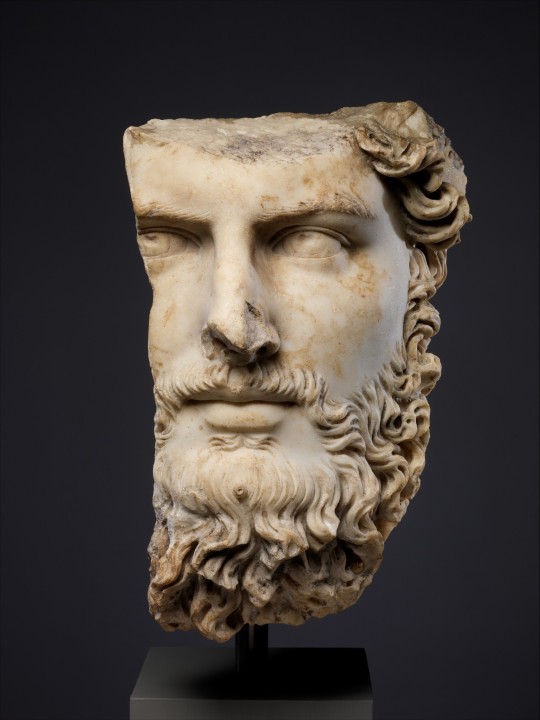


~ Marble portrait of the co-emperor Lucius Verus.
Period: Mid-Imperial, Antonine
Date: A.D. 161–169
Culture: Roman
Medium: Marble
#ancient#ancient art#history#museum#archeology#ancient sculpture#ancient history#archaeology#roman#ancient roman#antonine#mid imperial#marble#a.d. 161#a.d. 169#2nd century
703 notes
·
View notes
Text
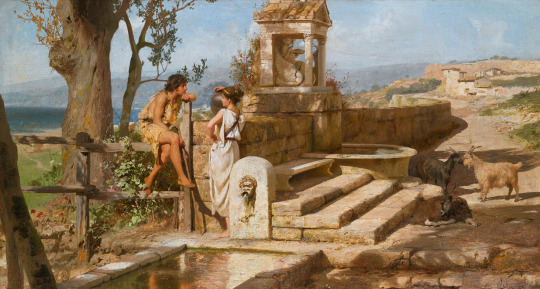
Conversation by the Spring by Henryk Siemiradzki
#henryk siemiradzki#art#spring#water#landscape#architecture#antiquity#classical#classical antiquity#animals#goat#goats#italy#rome#greece#ancient roman#ancient rome#ancient greece#europe#ancient greek#european#mediterranean
256 notes
·
View notes
Text

when i know latin and my gf knows toki pona
902 notes
·
View notes
Text

LIBRARY OF CELSUS - TURKEY
#library of celsus#biblioteca#ancient roman#building#edificio#ancestral romano#ephesus#efesios#anatolia#selçuk#izmir#turkey#turkiye#turquia#europe#europa
133 notes
·
View notes
Text

Dog pursuing a rabbit.
Someone was bored at the games :)
Colosseum, Rome.
#colosseum#rome#ancient rome#ancient roman#ancient grafitti#grafitti#original photography#ancientprettythings
670 notes
·
View notes